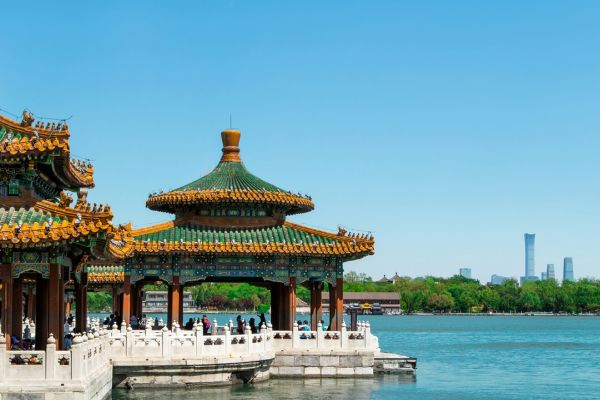
In China, courts charge much less than arbitration institutions. But if there is an appeal, the cost of litigation is not much cheaper than the cost of arbitration.
This post was first published in CJO GLOBAL, which is committed to providing consulting services in China-related cross-border trade risk management and debt collection.
1. Chinese court costs
If you bring a lawsuit before a Chinese court, you need to pay court costs at the time of filing.
The court costs depend on your claim. The rate is set on the scale of rates and denominated in RMB.
Roughly speaking, if you claim USD 10,000, the court cost is USD 200; if you claim USD 50,000, the court cost is USD 950; if you claim USD 100,000, the court cost is USD 1,600.
If you win as a plaintiff, the court costs will be borne by the losing party; and the court will refund the court cost you paid previously after receiving the same from the losing party.
For more information, please read our post “What Are Court Costs in China?“.
2. Chinese arbitration costs
Each Chinese arbitration institution has its own rate table, for example:
China International Economic and Trade Arbitration Commission (CIETAC, the most well-known arbitration institution in China): if you claim USD 10,000, the arbitration fee is USD 3,000; if you claim USD 50,000, the arbitration fee is USD 3,500; if you claim USD 100,000, the arbitration fee is USD 5,500.
Beijing Arbitration Commission (BAC, Top 2 arbitration institution in China): if you claim USD 10,000, the arbitration fee is USD 2,600; if you claim USD 50,000, the arbitration fee is USD 3,000; if you claim USD 100,000, the arbitration fee is USD 4,300.
Guangzhou Arbitration Commission (GZAC in Guangdong Province, an area where most of the Chinese suppliers are located): if you claim USD 10,000, the arbitration fee is USD 630; if you claim USD 50,000, the arbitration fee is USD 2,000; if you claim USD 100,000, the arbitration fee is USD 3,000.
3. Conclusion
In China, the cost of litigation is generally lower than that of arbitration.
However, it is worth noting that if there is an appeal, the court of second instance will charge another litigation fee. This means that the overall litigation cost is doubled.
Therefore, if there is an appeal, the cost of litigation is not much cheaper than the cost of arbitration.
In addition to court and arbitration costs, you also need to pay legal fees and other costs to resolve disputes in China. For related information, please read our post “Sue a Company in China: How Much Does It Cost?“.
The Cross-border Trade Dispute 101 Series (‘CTD 101 Series’) provides an introduction to China-related cross-border trade dispute, and covers the knowledge essential to cross-border trade dispute resolution and debt collection.
* * *
Do you need support in cross-border trade and debt collection?
CJO Global's team can provide you with China-related cross-border trade risk management and debt collection services, including:
(1) Trade Dispute Resolution
(2) Debt Collection
(3) Judgments and Awards Collection
(4) Anti-Counterfeiting & IP Protection
(5) Company Verification and Due Diligence
(6) Trade Contract Drafting and Review
If you need our services, or if you wish to share your story, you can contact our Client Manager Susan Li (susan.li@yuanddu.com).
If you want to know more about CJO Global, please click here.
If you want to know more about CJO Global services, please click here.
If you wish to read more CJO Global posts, please click here.
Photo by Kostiantyn Li on Unsplash
Contributors: Meng Yu 余萌









